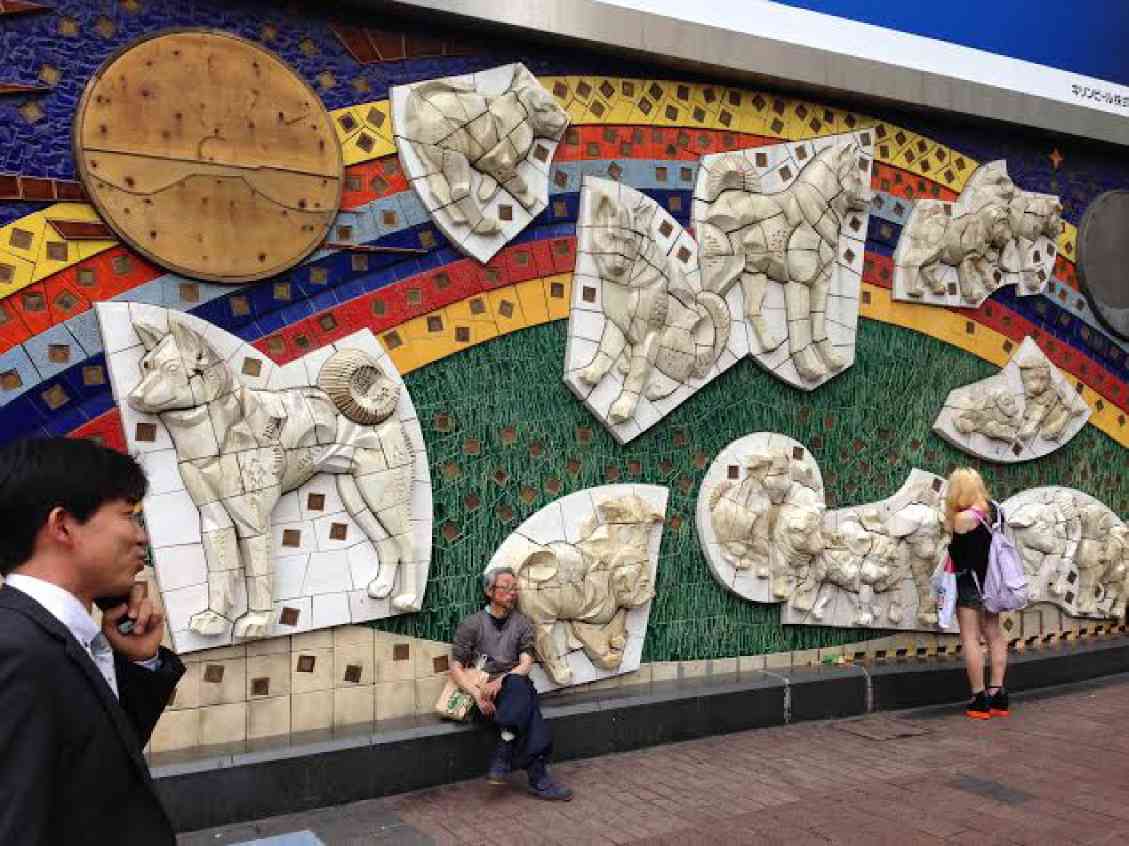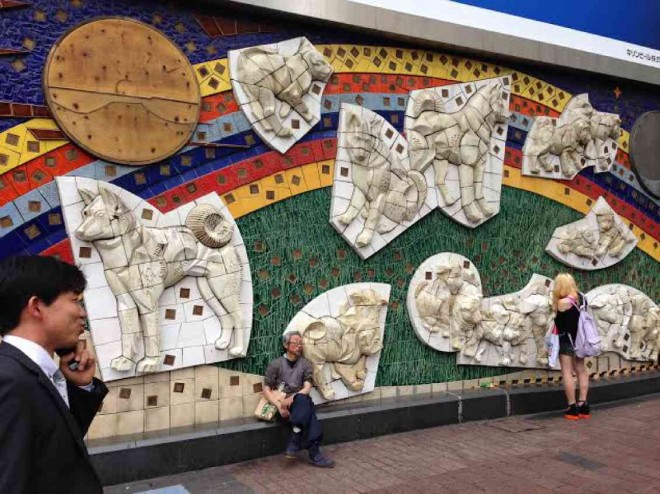
Some people may have different associations when they think of Japan, but I had two things in mind upon receiving the invitation of the Japan National Tourism Organization (www.jnto.go.jp/philippines) and the Japan Tourism Agency (www.visitjapan.jp) to a familiarization tour of Tokyo last June: Hachiko and sushi. But I’m getting ahead of myself.
News that Filipinos no longer need a visa to enter Japan may be as yet untrue, but it has definitely become easier to get a tourist visa these days, as confirmed by our guide, Keiko Tobe. “There has really been a boom in the last year,” she says. “And Filipinos like to go shopping!”
Our comfortable All-Nippon Airways (ANA) flight provided an appropriate introduction, with its excellent in-flight cuisine. We landed at Haneda International Airport, what used to be a chiefly domestic hub that became an international airport only in 2010, handling millions of passengers a year. Combined with Narita, it makes for one of the busiest airport systems in the world.
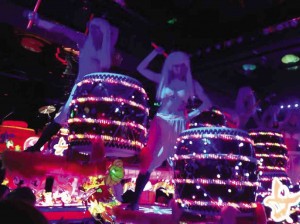
Haneda is also where the comfortable ANA Lounge has been newly renovated.
In case you’re adventurous (or clueless) enough to get to Japan without plans, it actually won’t be a problem. The Keikyu Tourist Information Center (www.haneda-tokyo access.com/en/airport/service.html) in the arrival building has English-speaking staffers who can book you a hotel or a car, show you which fast trains to hop onto, and inundate you with helpful guides, freebie coupons, and options for day trips.
A Keikyu train ride to Shinjuku in the heart of Tokyo, for example, can cost a mere Y601 (about $6). That’s where we checked into our hotel, the centrally located Shinjuku Prince, with its views of a dazzling Tokyo by night, shopping access (yes, there’s a Uniqlo in the adjacent mall, plus the favorite discount store Don Quijote around the corner), and public transport nearby.
The next day saw us in Yokohama, about an hour outside Tokyo, for a visit to a lovely Japanese garden that even a slight drizzle couldn’t dampen. The Sankei-en Garden was created by Yokohama silk businessman Sankei Hara, who began developing the 175,000-sq-m grounds in 1906. Old structures have been transplanted whole to the garden, where they are open to visitors today.
Farmer’s home
A fine example is the old Yanohara house, originally built in 1830 in the Gifu Prefecture and moved to Sankei-en in 1960, with its thatched roof and gleaming wooden floors—a wonderfully preserved example of a wealthy farmer’s home.
The garden is also the place to witness the chanoyu or famed tea ceremony—which our guide Keiko was particularly keen on showing us, as she has been studying it for over 10 years. It’s a revered ritual—more than a mere sip of the powdered green tea, called macha—and was brought to Japan from China as a practice infused with Zen Buddhism, Keiko explained.
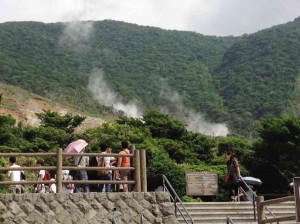
She’s hoping she can still do her part in sharing the knowledge, although it’s a dying art among younger Japanese; she’ll be qualified to teach in a year or so, “but you never stop learning,” she says.
Two smiling, fragile-looking women in kimonos went slowly through the motions before serving us the macha, which is creamier than what you find in Japanese restaurants.
When they asked for volunteers to try, I offered my clumsy hands, not realizing that the seemingly tranquil procedure is fraught with details and precise steps—how you let the hot water swish around in your tea bowl, how many times you wipe it in a specific direction, even how you whisk the liquid after adding the powder. Most significantly, you must turn the front of the tea bowl to the person you are serving, as a sign of respect.
Ramen is a huge craze in Manila, so I was excited to visit the Shin Yokohama Raumen Museum (yes, that’s how they spell it—www.raumen.co.jp), opened in 1994 as what they call “the world’s first food-themed amusement park.” Nine different shops recreate a street scene, complete with vintage posters, from 1958—incidentally, the year the world’s first instant ramen was invented.
Ramen was also a Chinese import, first brought into Japan after 1859, when an isolationist empire opened its doors to world trade, and the Chinese inevitably came in to establish a Chinatown. The main difference between the two bowls of soup, the museum website says, is the broth or dashi, which Filipino diners know only too well now; while Chinese broth can be used for other dishes, Japanese ramen dashi is created only for ramen.
It normally starts out with salt, soy sauce, and miso, then is finished off with whatever animal stock is preferred. You can go to town with the toppings, among the most popular being chashu (seasoned roast pork) and those lovely, slow-simmered eggs. There are over 30 distinct, regional ramens in Japan.
The museum doesn’t have much information to share in terms of history, so the adventure is really in eating. You just make your choices on what looks like a vending machine with lights, and the order somehow makes it to the kitchen.
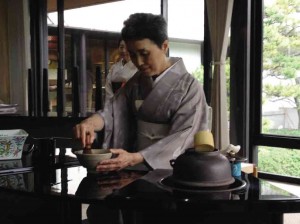
The noisier, the better
I ended up happily slurping (the noisier, the better) my bowl with egg, seaweed, fish cake, and shrimp dumplings in a soy sauce base beside some locals who managed to weave a roll of noodles and a spoonful of soup into their mouths at the same time—a talent not to be underestimated.
There was more eating to be done in a typical Japanese pub, or izakaya, Wataminchi—crowded, cramped, but serving a variety of pica-pica and drinks for unwinding office folk.
What happens when you take Japanese animé and turn it into a live revue, sort of Mad Max meets Priscilla Queen of the Desert, complete with orange-haired dancing girls in platform boots and bikinis, loud music, and flashing laser lights? You get the Robot Restaurant (www.robot-restaurant.com), right smack in the middle of Shinjuku’s bars and restaurants.
You can order bento boxes and Asahi beer from a girl who refills your glass with a hose from a barrel backpack, but you don’t come here to eat. The hour-and-a-half-long show is an animé or cosplay lover’s fantasies come to life, although some of the conservatives in our group questioned what other fantasies may come to mind, what with scantily clad dancers gyrating without a care.
Still, it’s an entertaining mix of cheesiness and high tech; there’s even a pause in the program so people can take their selfies with robots. I wouldn’t bring very small children here, but it’s as young, modern-day Japan as you can get.
The next day, we were off on more tranquil journeys, to the town of Hakone, a couple of hours out of Tokyo and a favorite destination for the famed onsen, or hot springs.
At the Shinjuku Station, we stopped by the Odakyu Sightseeing Service Center (www.odakyu.jp), a conveniently located JNTO-authorized information center for foreign visitors, especially those looking for accommodations and transport to Hakone.
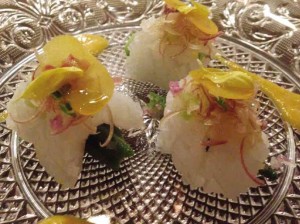
They led us to the swift and very clean Limited Express “Romancecar” train, which took us there in a couple of hours. The cool air, pines and soothing views prove why this is a favorite, relaxing day trip from the city. It’s also the site of the annual 217-km Hakone Marathon, a ritual of sorts among Japanese university jocks.
After a hearty lunch of kamameshi, the traditional Japanese kettle rice dish, we went for a sightseeing cruise on a pirate-style boat (complete with sails and a costumed attendant—hey, it’s Japan) on lovely Lake Ashi. The tranquil surface of the lake belied its violent beginnings, formed after eruptions by Mount Hakone centuries ago. You can even glimpse Mount Fuji nearby on a clear day, although she was hiding during our visit.
Reeking of sulfur
The area is dotted with hot spring resorts, many of them ryokan, or traditional Japanese inns. As if we needed any more proof of the bubbling temperatures beneath the surface, we stopped by what’s known as Boiling Valley, Owakuzawa, an explosion crater created some 3,000 years ago.
The place still reeks of sulfur; steam rises from the mountainsides, and even the ice cream sold in the nearby souvenir store is the color of ash.
Another popular souvenir: eggs boiled in the springs, which, because of the minerals absorbed, turn a shade of dark gray—said to add seven years to your life when eaten, Keiko told us.
On the way home, we spent a couple of hours at a favorite among Filipino shoppers, the Gotemba Premium Outlets (www.premiumoutlets.co.jp), home to some 210 stores, from Nike to Prada and everything in between.
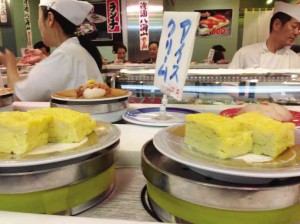
For our last dinner, we sat down to a fine, Frenchified teppanyaki feast at the elegant Ginza Ukai-Tei (www.ukai.co.jp) in the bustling commercial section of Tokyo. On the menu was a light fish roll with raw squid, dried fish and okra; sea bass with four kinds of herbs and olive oil; and a yummy vichysoisse, chilled just right.
My travel companions looked forward to the main course of tender Kyushu island beef, but teppan chef and “maestro” Junichi Taniwaki assured me, a non-meat eater, that I wouldn’t go hungry. He proceeded to whip up a special dish with prawn, crab claw, and crunchy asparagus in a hearty prawn-based dark sauce.
Back to my original bucket list, though. Every night, I would escape for a midnight snack across the hotel in a small kaiten-sushi, or conveyor belt sushi bar, surrounded by salarymen on their way home. You seat yourself at a crowded bar, get a refillable cup of green tea, and choose your fancy from the mouth-watering parade before your eyes. I sighed in contentment filling up on ika (raw squid) and toro (fatty tuna), to the bemusement of the sushi chef.
After our Yokohama trip earlier, some of us had also prevailed upon Keiko to take us on a very touristy side trip to see the statue of Hachiko, the faithful dog, at Shibuya station, as well as that famed “scramble” crossing that represents the bustle of modern Japan.
The statue is a virtual shrine and favorite Tokyo meeting place; as a first-timer, I couldn’t not pay my respects to the famous Akita. (In case you live under a rock, he was the dog who waited every day at the train station for his master for nine years after the man’s sudden demise.)
Hachiko died in 1935 at age 11, and is buried at the National Museum of Nature and Science in Ueno, Tokyo. The statue was actually erected the year before he died—he was famous even then—but was replaced by a newer one after the war in 1948.
Turning around, however, I saw something I didn’t know existed—a huge, gorgeous mosaic mural with multiple images of Hachiko, and a rainbow in the background.
It has to be my favorite image of my first visit to a country so wonderful, a noble dog is a national hero.

